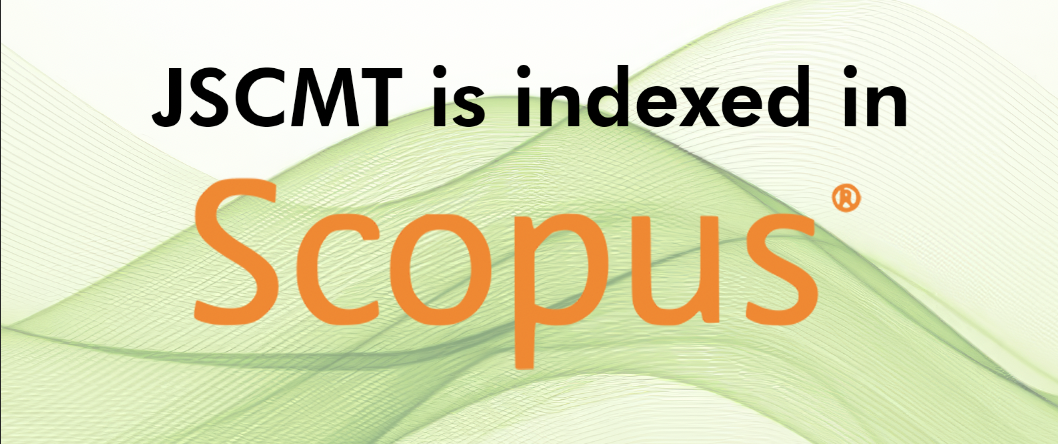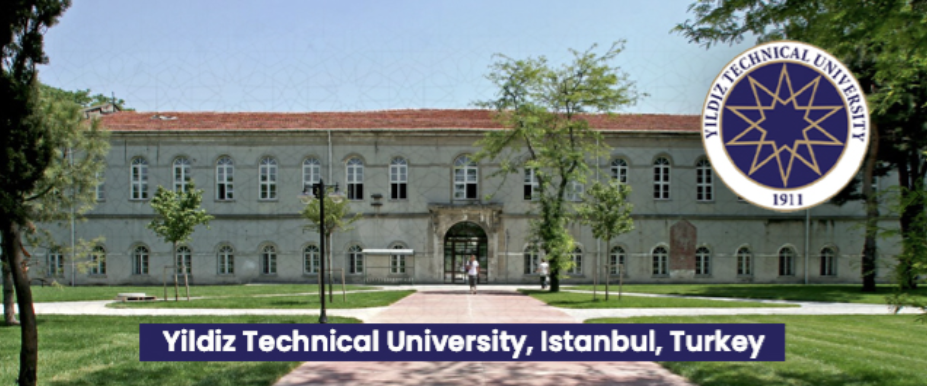Abstract
Today, producing solutions for the effective and efficient use of energy resources is among the priority areas in almost every sector. In terms of energy consumption, each solution developed in the building sector significantly reduces total energy consumption. In this study, different types of insulation materials used in walls and roofs were investigated in terms of cost-effectiveness to improve the energy performance of a building located in the 1st-degree day zone in Türkiye. Four commonly preferred insulation materials for walls and roofs were tested at specific thicknesses. The Design-Builder simulation program simulated scenarios for the specified thicknesses, and energy consumption values were determined. The initial investment costs of each alternative were calculated, and energy savings were determined. The initial investment costs and energy savings were evaluated according to the Net Present Value method, and each alternative's priority ranking was revealed. According to the results obtained, when the materials used in the study are compared, it is determined that the material with the highest net present value for the roof is glass wool, and the material with the highest net present value for the wall is stone wool.
















